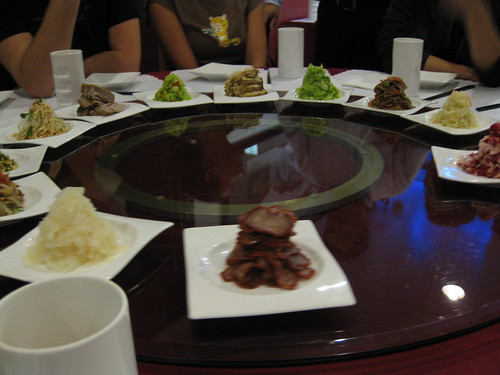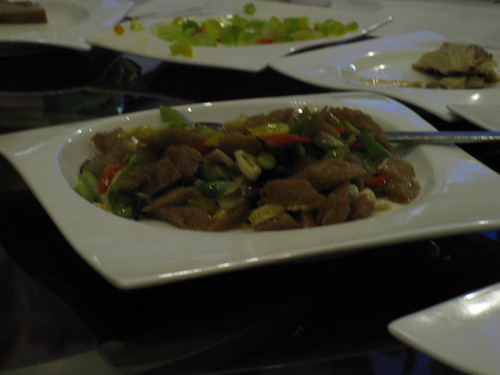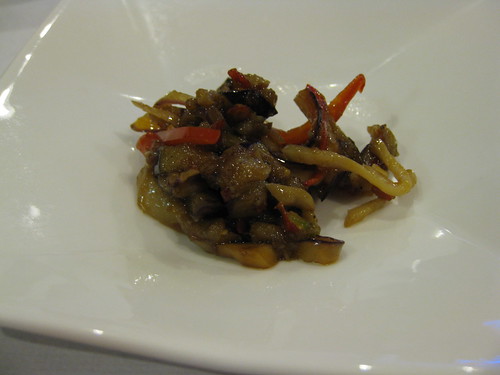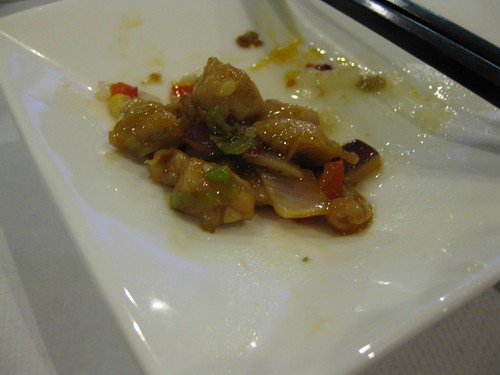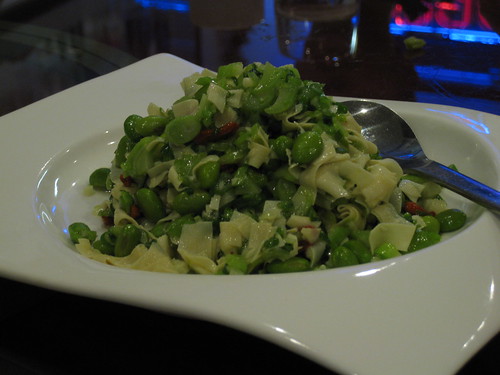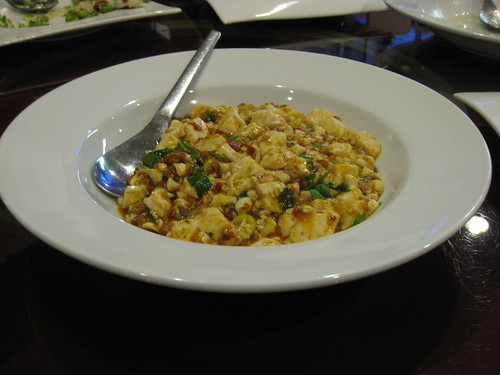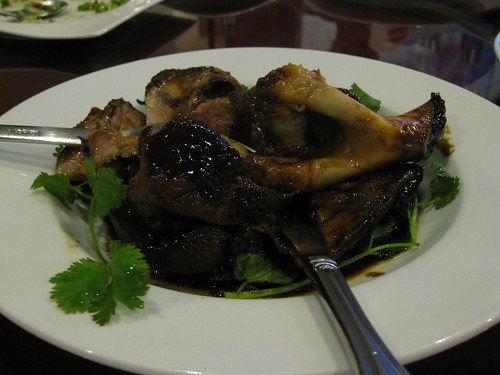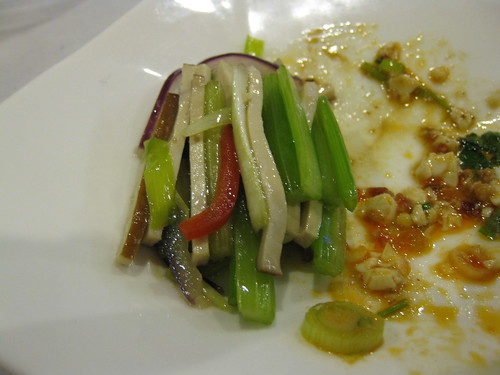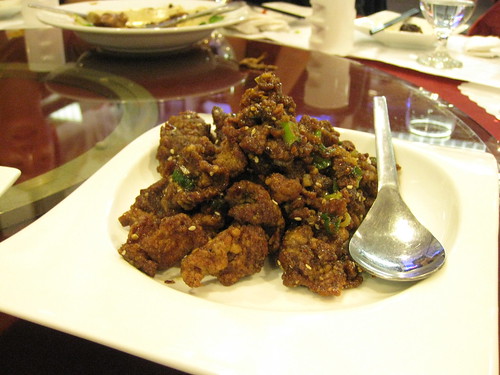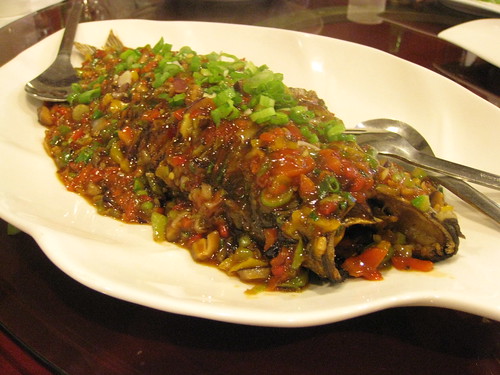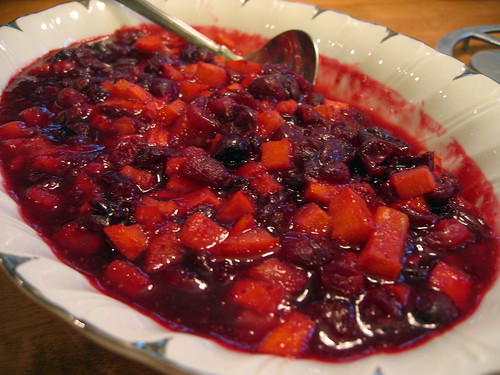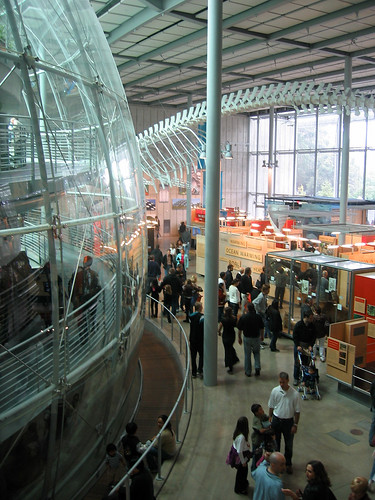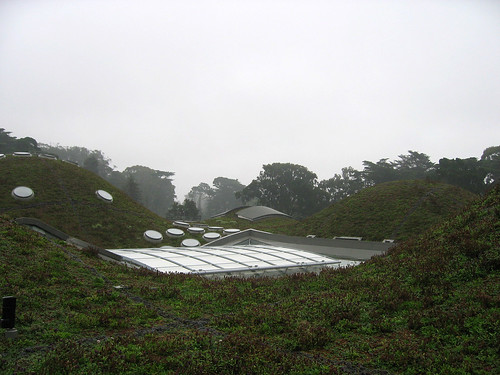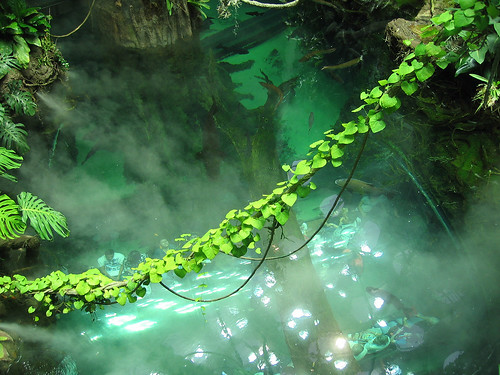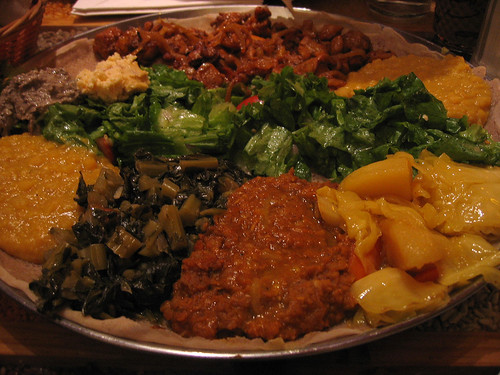Be forewarned, this is about to be a long post (and deservedly so).
When my friend Ario first told me about Jai Yun several weeks ago, I was intrigued. I’d recently finished reading Fuschia Dunlop’s Shark’s Fin and Sichuan Pepper: A Sweet-Sour Memoir of Eating in China and was eager to learn more about Sichuanese cuisine. Luckily for me, it turns out that San Francisco’s Chinatown is home to one of the finest Sichuanese banquet restaurants this side of the Pacific, and I jumped at the chance to dine there.
There is no menu at Jai Yun. Each dining group (in our case, a party of ten), selects a per-person price level (ranging from $55 to to $150) and Chef Nei, who is an incredible one-man show, cooks the most unforgettable Chinese meal you will ever have.
The meal began with a round of twelve appetizers:
These included thinly sliced lotus root, cured pork tongue, sliced intestines, enoki mushroom salad, pressed tofu with parsley, smoked duck, gong tsai with tiger lily flower buds, smoked tofu skin, pickled cucumber with sesame oil, spiced beef shank slices (sliced so thinly they were translucent), jellyfish, and pickled radish. Each dish allowed for a bite or two for each guest, and the quality and care put into each appetizer was easily apparent. My favorites were the gong tsai and spiced beef shank slices.
Next, we were served an ethereal platter of abalone with egg whites. This was my first taste of abalone, and in my excitement, I forgot to take a photo. But rest assured it was absolutely delicious, light and velvety.
After the abalone came a plate of wheat gluten with vegetables:
I’m a meat eater, but I love gluten’s unique texture. I don’t think of it as a substitute for meat, but rather an ingredient strong enough to hold its own. Served with vegetables and a savory sauce, this dish was a perfect example.
Next we were served braised ribs with and taro root balls:
I cannot stop thinking about these taro root balls. I was expecting something heavy and dense, but I was surprised to find them delicately crispy on the outside and almost spongy on the inside. They collapsed in my mouth as soon as I bit down on them. The ribs were a hearty accompaniment too – this was easily one of my favorite dishes of the evening.
Chef Nei made sure to balance the types of flavors that were presented in each dish that arrived at our table, one by one. If we received a heavy or spicy dish, our next one would be lighter and easier on the palate. That was the case with the crystal shrimp that came next:
These shrimp were succulent and fresh-tasting, just the way they should be. It’s so easy to overcook shrimp and end up with a gummy plate of seafood. Not with these – they were cooked just right.
Next we tried the Sichuan-style eggplant in spicy garlic sauce:
I absolutely love eggplant (show me an Iranian who doesn’t), so I was head over heels for this dish. The julienned slices of eggplant were incredibly tender yet retained their shape and the Sichuan peppercorns lent just the right hit of tongue-numbing tingliness. (Is tingliness a word? Whatever, this was delicious.)
Next we tried the rock cod fish fillet sauteed with sweet corn and peas:
If I had to choose, I usually prefer shellfish over fish. Not in this case. Chef Nei is a master with achieving the right texture with fish and it won me over with this dish. The light sauce was refreshing too after having just eaten the spicy eggplant.
Our server then brought out a plate of winter melon, ginko and coconut jelly:
I love coconut jelly and this was my first taste of winter melon so I was excited. This was the sweetest dish of the night, and my favorite thing about it was the uniform cut, shape and color of the coconut jelly and winter melon, making them almost indistinguishable until you bit into a piece.
Next we were served strange flavor chicken:
Fuschia Dunlop writes about this dish in Shark’s Fin and Sichuan Pepper, and I’d long imagined what it would actually taste like. Surprisingly, it wasn’t strange at all, but it certainly was deliciously spicy, so I can’t complain at all.
At this point I didn’t know how much more I could eat, but the dishes kept coming. A plate of tofu skin with edamame and fava beans was brought to our table:
I love tofu skin. I love fava beans. I love edamame. Therefore, I loved this dish.
Next we were brought a very special dish: silky tofu with crab roe:
You know the slimy green stuff in fresh crab that rarely makes it to your dinner table because fishmongers clean it out for you? That’s the roe, and it’s the equivalent of crab caviar. Our server told us that it’s very difficult to cook properly and must be eaten while it’s still hot in order to taste good. It was creamy, super-briny and melded really well with the soft tofu.
One of the heaviest dishes of the meal was served next, five-spice braised pork leg:
I don’t really eat pork, but I gave in and tried this out. This meat needed no coaxing; it fell right off the bone at the slightest touch and was incredibly tender. And oh, that sauce. So rich and flavorful.
Are you still with me? Good, because next we were served a cleansing dish of Chinese celery, yellow leeks and pressed tofu:
This is another Sichuanese classic that I was excited to try and despite how simple it may look, it had been tossed in a light sauce that I can’t quite put my finger on but it brought everything together really well.
Next we were served the fried ginger beef:
We couldn’t tell exactly what was in the marinade, but the beef had a mildly sweet, almost tamarind or tangerine flavor to it underneath the crispy exterior. This dish was a crowd pleaser, and with good reason.
We were nearing the end of our meal, but it wasn’t over yet. Our server brought us a big plate of loofah with mushrooms in a chicken broth glaze:
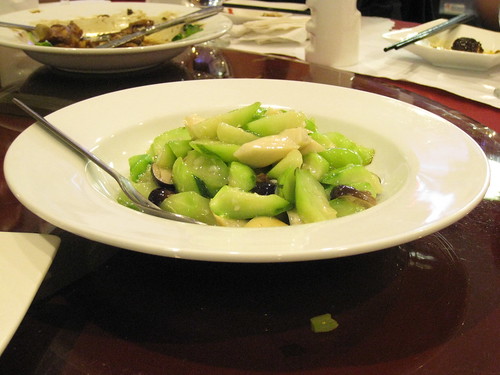
Not to be confused with the loofah more commonly associated with shower time, Chinese loofah is a gourd vegetable that I hadn’t tasted until this dish. I’d always been curious and I was pleased that the simple broth glaze didn’t overpower the vegetables.
We had reached the end of our meal and our server finally brought out the pièce de résistance: a whole black sea bass.
Internet, if the photo enough doesn’t do this dish enough justice, I’m happy to report that this fish was incredible. The spicy sauce, the vegetables, the whole thing was so good. It was only a shame that I was too full to have more than a couple of bites at this point.
If you live in the Bay Area or if you find yourself visiting San Francisco, make sure to visit the restaurant. I cannot believe that I’ve lived here my whole life and have only recently learned of Jai Yun. I feel like I’ve unearthed an epic secret, and can’t wait to go back for more.

